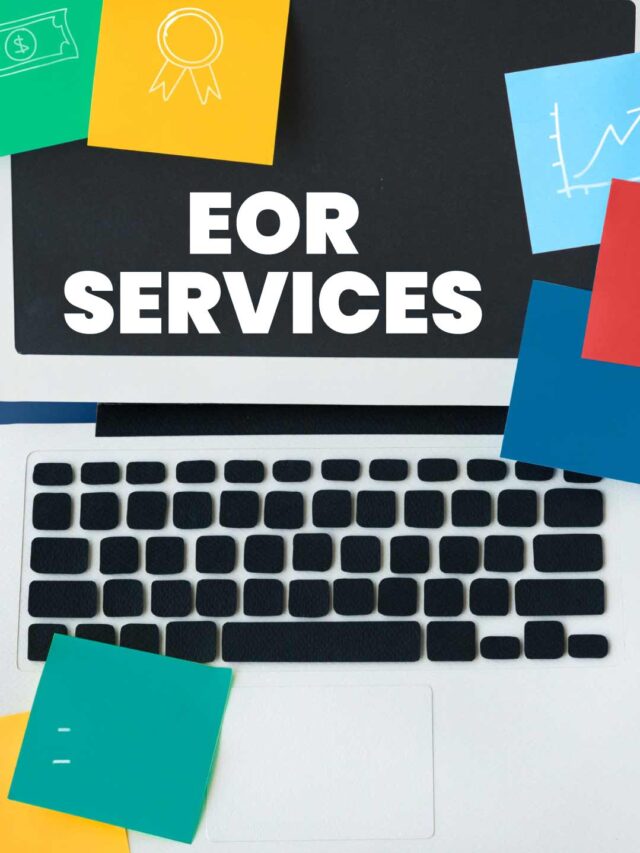
-
June 10, 2025
A Complete Guide on Converting an LLP into a Holding Company in India
Introduction
Many businesses in India commence as LLPs due to their flexible compliance and limited liability. However, as expansion needs arise, converting into a holding company becomes a strategic move. This guide outlines how an LLP can be legally converted into a holding company under Indian law.
Understanding the Concept of a Holding Company
A holding company is a corporate entity that owns and controls other companies by holding more than 50% of their shares or voting rights. It does not typically conduct direct operations but oversees and manages the businesses it controls.
As per Section 2(46) of the Companies Act, 2013, a company must hold a majority of shares or voting power to be considered a holding company.
Can an LLP Be a Holding Company?
No, an LLP cannot be structured as a holding company. This is because LLPs do not issue share capital and hence cannot hold majority ownership in another entity. Therefore, the LLP must be converted into a Private Limited Company before acquiring or forming subsidiaries.
Step-by-Step Process to Convert an LLP into a Holding Company
- Conversion of LLP into Private Limited Company
- Step 1: Ensure Eligibility
- The LLP must have a minimum of two designated partners who qualify to become company directors.
- No secured loans should exist at the time of conversion.
- All partners must give written consent for conversion.
- Step 2: Obtain DSC and DIN
- Obtain Digital Signature Certificates (DSC) for all proposed directors.
- Apply for Director Identification Number (DIN) via www.mca.gov.in.
- Step 3: Reserve Company Name
- File the RUN (Reserve Unique Name) form on the MCA portal.
- The name must comply with naming guidelines and include “Private Limited”.
- Step 4: File SPICe+ and URC-1
- File SPICe+ (INC-32) for incorporation and URC-1 for conversion.
- Attach:
- LLP agreement and incorporation certificate
- Consent of partners
- Statement of assets and liabilities
- Affidavits and declarations
- Step 5: Issuance of Incorporation Certificate
- The Registrar of Companies verifies all documents and issues a Certificate of Incorporation, establishing the new Private Limited Company.
- Step 1: Ensure Eligibility
- Creation or Acquisition of Subsidiaries
- Once the company is formed, it may register new subsidiaries or acquire existing businesses by holding more than 50% shares or controlling the board.
Documents Required for Conversion
- PAN and Aadhaar of proposed directors
- LLP Agreement and incorporation certificate
- Consent letters from all partners
- Affidavits declaring no-objection and no pending liabilities
- Financial statements certified by a CA
- Proof of registered office and NOC from the property owner
- Latest LLP ITR and annual returns (Form 8 and Form 11)
Benefits of Converting LLP to Holding Company
- Wider Funding Access: Can issue equity shares, allowing access to venture capital, private equity, and institutional funding.
- Flexible Group Structure: A holding company allows structured control of multiple business units.
- Improved Legal Credibility: Governance under Companies Act boosts investor and lender confidence.
- Efficient Tax Planning: Inter-company transactions and dividend policies can be optimized.
- Ease of Expansion: Facilitates mergers, acquisitions, and scaling operations.
Challenges in the Conversion Process
- Regulatory Complexity: Compliance with multiple legal provisions is necessary.
- Higher Compliance Costs: Increased reporting, recordkeeping, and audit requirements.
- Time-Consuming Documentation: Requires professional support to manage filings and affidavits.
- New Legal Identity: Must obtain new PAN, GST, and bank accounts post-conversion.
- Risk of Rejection: Errors in documents or liabilities can lead to application rejection.
Legal Framework Applicable
| Legal Provision | Description |
|---|---|
| Section 366 of the Companies Act, 2013 | Governs conversion from LLP to Company |
| Section 2(46) of Companies Act, 2013 | Defines a Holding Company |
| Companies (Authorized to Register) Rules, 2014 | Outlines the documentation and process |
| MCA Forms: SPICe+, RUN, URC-1 | Required for incorporation and conversion |
Key Differences: LLP vs Holding Company
| Feature | LLP | Holding Company (Pvt Ltd) |
|---|---|---|
| Ownership Structure | Partners | Shareholders |
| Legal Identity | Separate | Separate |
| Subsidiaries Allowed | No | Yes |
| Fundraising Options | Limited | Wide (Equity, VC, PE) |
| Compliance | Low to Moderate | High |
| Governance Framework | LLP Act, 2008 | Companies Act, 2013 |
Conclusion
To convert an LLP to a holding company in India, businesses must first legally convert the LLP into a Private Limited Company. Once the conversion is complete, the new entity can acquire or create subsidiaries. While the process demands compliance with the Companies Act and MCA formalities, the long-term benefits in governance, expansion, and fundraising make it a viable strategic move.
Suggested Read :
Importance of an LLP Certificate
LLP agreement vs Partnership Deed
Branch Office vs Indian Subsidiary
Features & Functions of Indian Subsidiary
Foreign Subsidiary Company Compliance in India
FAQs
Can an LLP be directly registered as a holding company?
No, LLPs cannot hold shares and hence must first be converted into a Private Limited Company.
What is the minimum requirement for converting an LLP into a company?
A minimum of two shareholders and two directors are required, along with consent from all existing partners.
Which government form is used to initiate LLP to company conversion?
Forms URC-1 and SPICe+ (INC-32) are used for the conversion process via www.mca.gov.in.
Can the name of the LLP be retained after conversion?
Yes, subject to availability and compliance with naming guidelines prescribed by the MCA.
How long does it take to convert an LLP into a company?
On average, it may take 20–30 working days depending on document accuracy and MCA approvals.
Is it mandatory to appoint a Company Secretary after conversion?
No, it is not mandatory unless the company crosses the paid-up capital threshold as defined under the Companies Act, 2013.
Can a converted company immediately start acquiring subsidiaries?
Yes, after receiving the Certificate of Incorporation, it may acquire subsidiaries and become a holding company.
Are there any tax implications on conversion?
No specific capital gains tax applies on conversion if all conditions under the Companies Act and Income Tax Act are met.
What happens to the assets and liabilities of the LLP after conversion?
All assets and liabilities are transferred to the new company as part of the statutory conversion process.
Is GST registration needed again post-conversion?
Yes, a new GST registration must be obtained for the converted company, as it is a distinct legal entity.
LLP Registration
Register LLP company in Simple Steps with Ebizfiling
About Ebizfiling -










December 2, 2025 By Dhruvi
LLP Full Form & Act 2008: Partner Liability Explained Introduction Most people know the LLP Company Full Form as just an abbreviation, but the LLP Act 2008 reshaped how businesses in India balance freedom and accountability. An LLP, or Limited […]
July 12, 2025 By Dhruvi
What if You Don’t File LLP Returns for 3 Years? Introduction LLP annual filing in India may seem like a routine task. But if you skip it for three straight years, it turns into a serious problem. In this blog, […]
June 26, 2025 By Team Ebizfiling
Legal Steps for Indian Innovators Introduction Starting something new and innovative in India is exciting, but it also means you have some important legal responsibilities. If you’re planning to launch your business as a Limited Liability Partnership (LLP), it helps […]